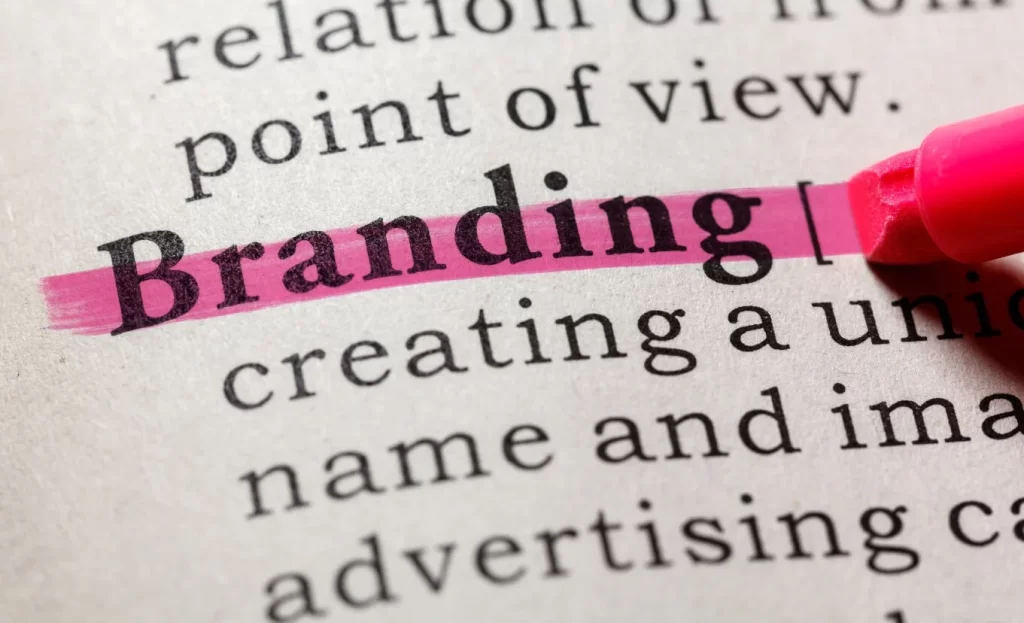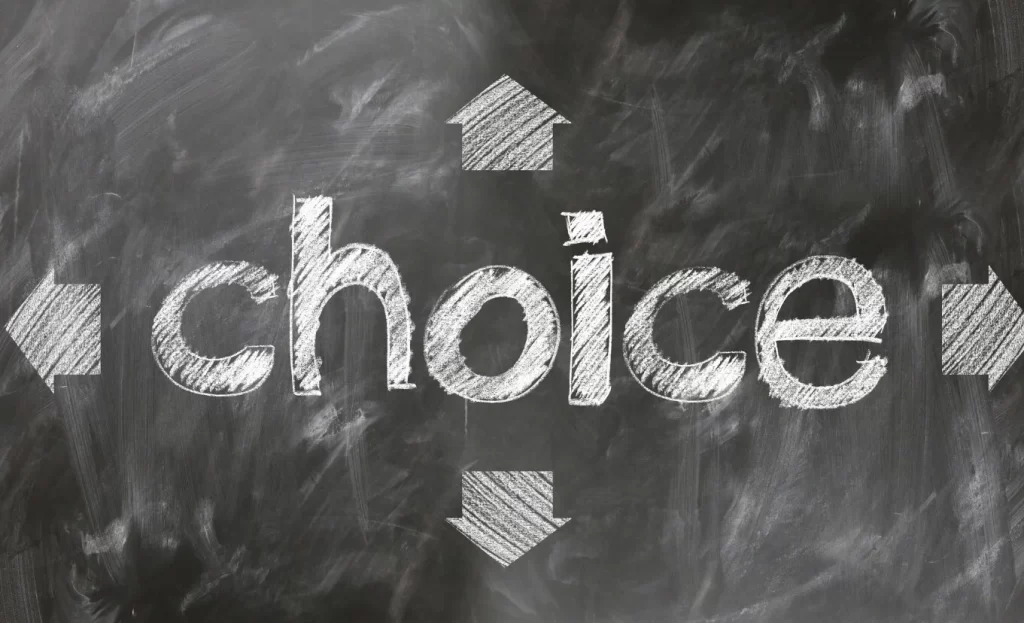People believe that “branding” and “logo design” are the same. These two words sometimes are even used synonymic ally. Though they must cooperate coherently and are closely connected, they are separate logo design company processes.
The Ideas Of Brand And Logo Were Clarified
Design of a logo is the process of creating one. Branding is the procedure for creating a brand. Thus, initially defining the ideas of a logo and a brand can help one better appreciate the variations between logo design and branding:
Definition Of A Logo
A logo is a readily identifiable visual symbol representing a corporation, a commercial product, or a public or private institution. In a competitive environment full of visual elements meant to grab our attention daily, it is one of the methods to differentiate a business. Usually, a logo combines colors, typefaces, images, or symbols. It is a graphic component included in a brand’s visual character.
Definition Of A Brand
In practical and emotional terms, a brand is a concept or picture people consider when considering certain goods, services, and corporate activities. Exposed to all the touchpoints between a person and a particular brand, this mix of physical and emotional signals is generated. Among others, they might be the brand name, logo, goods, visual identity, personnel, or advertising.
Understanding the elements of a good logo design calls for breaking down the logo. One has to analyze the many components of a logo, including its form, color, typeface, iconography, negative space, contrast, balance, movement, and proportion.

Logo Form and Layout
One of the essential elements, as often the first thing people see, is “logo shape” and “logo symbol.” Shapes offer visual intrigue, express a particular message or sentiment, and assist in defining the character of a brand. Logos often use circles, squares, and triangles as they are easy to identify and recall. Still, they should be developed to make interpretation and understanding easy.
Often employed to generate symbolism or metaphor that evokes a particular message or emotional reaction connected to a business, complex or organic forms include, generally speaking, a striking and unforgettable logo depending on forms.
Color Organization and Application
Another important logo element is color, significantly influencing its feeling and appearance. Viewer reactions to a logo may be influenced by color. Green and blue, for instance, stand for trust and purity; yellow and red stand for great vigor and hunger. Furthermore, evoking diverse emotions and connotations in various logo colors. Moreover, the color scheme chosen influences the readability of a new logo, as certain combinations are more straightforward than others.
Fonts Employed in the Logo
Typeface, often called font, is a fundamental element of design as it significantly affects the impression and memory of a logo. Whether serif or sans serif, your font will influence legibility and readability and convey a certain mood or message. A modern, sleek sans serif font may suggest innovation and forward-looking, but a classic serif font would suggest history and lifetime. Typically, most logos use typography to include the business name.
Visual Appeal and Logo Symmetry
A logo’s whole architecture and design depend on how its elements are arranged. Symmetry—the harmony and balance of components in a logo—can be utilized to communicate stability and order.
Because the parts of a symmetrical logo are placed in a predictable and identifiable manner, the observer will quickly read and comprehend them. The McDonald’s golden arches are an excellent symmetrical logo.
Conversely, asymmetry characterizes an arbitrary or artificial configuration of parts. This kind of distribution may boost the visual attractiveness of a logo and provide it with motion and energy.

For What Reasons Is The Logo So Crucial For Branding?
Though it is just one branding component, a logo will appear on most touchpoints with consumers and other stakeholders, including the website, brochures, stationery, products, packaging, commercials, uniforms, storefronts, etc.
Thus, a logo is a primary visual component that enables consumers to rapidly recognize a firm, its goods, and its services. And very often, it will be the first item people use to identify you.
Here is the rationale for the need for a well-designed logo for branding:
- A well-designed logo lets customers remember and recognize your business fast.
- A logo is among the key identification points for your customers and other stakeholders. It will then enable you to identify your brand across many channels and touchpoints instantly,
- It generates uniformity across many media of communication.
- Businesses and companies live on many platforms, including websites, blogs, social media, events, pamphlets, brochures, business cards, etc. Having a diverse logo will allowallowow you tit your brand cons somewhat stately throughout all communication outlets.
It Embodies Your Brand’s Identity
Your brand’s or company’s logo will be a component of your (visual) brand identification. This is crucial as it will be one of the critical instruments to visually convey to the rest of the people you interact with regarding your brand name, values, and personality.
Conclusion
Your logo’s outcome will be much influenced by your choice to engage with a respected logo design company. Though each has advantages and disadvantages, weighing your objectives, money, and timetable before deciding between the two choices is essential.
